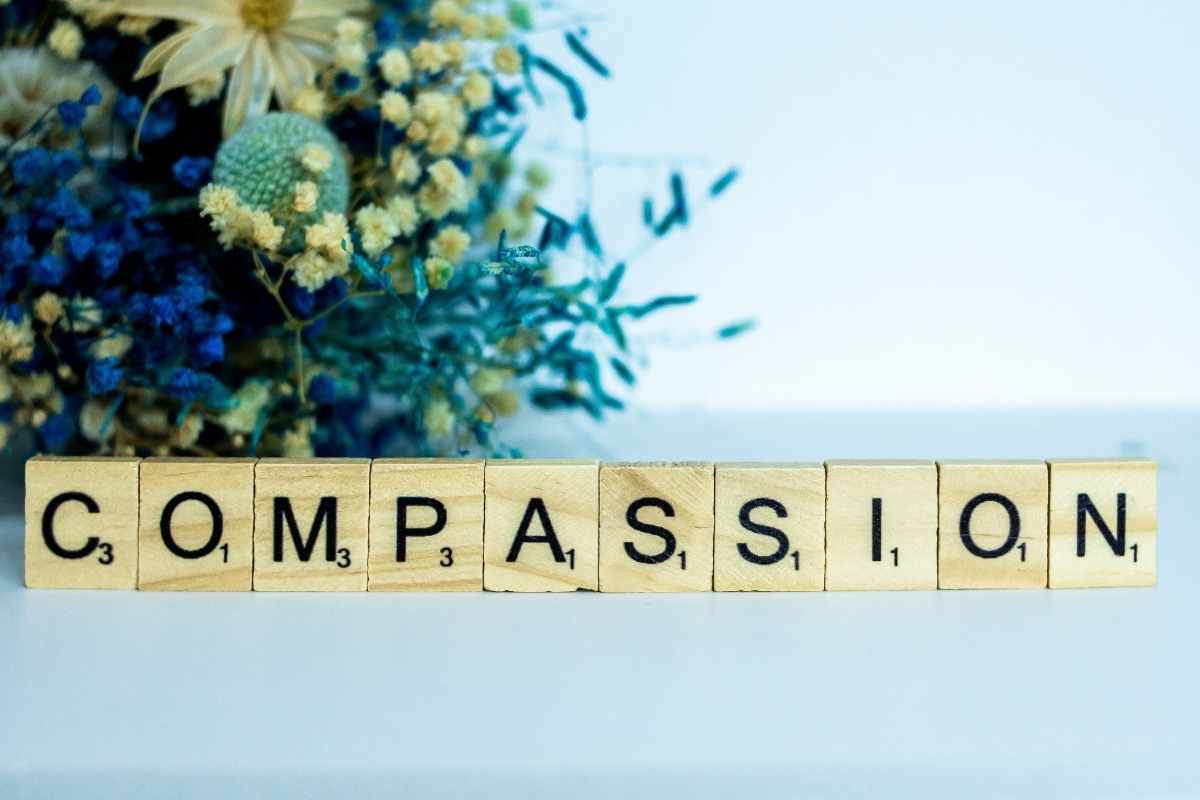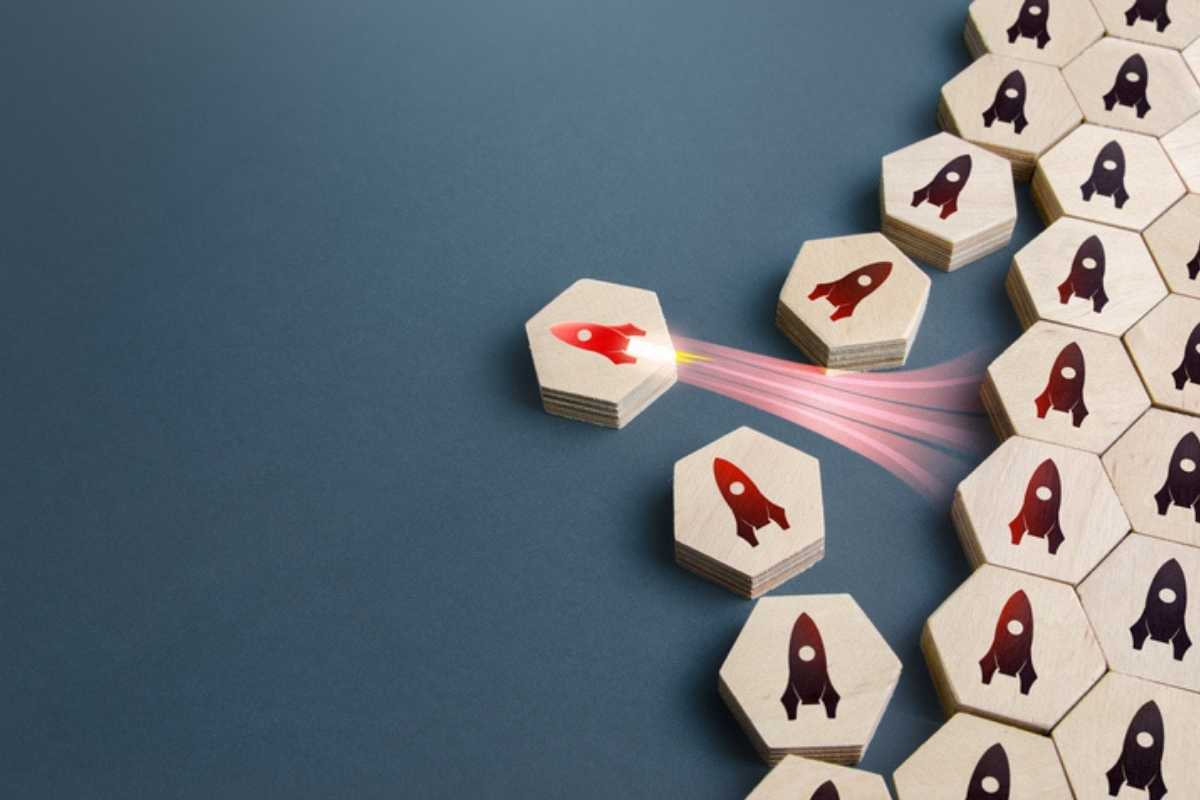March 10, 2018
13. Journal Exercise: How Do I See Myself?
Written by Rachel Eddins
Posted in Tools & Exercises and with tags: couples journal exercises, self-esteem
What is the Ego?
What do we mean when we use the word “ego”? Most of us have used the word in our everyday language at some time or another to describe certain people or ourselves. “He has a big ego”, “She has an ego problem”, “He’s full of himself”, “She’s got a big head”, “Leave your ego at the door”, “It was a blow to my ego” and so on. And we have used the term to describe men and women, the “male ego” or the “female ego”.
Most of us at least have a sense of the meaning of the word but what exactly are we referring to when we use it?
Just what is the ego? Your ego is…
- Whatever you believe about yourself
- Whatever you tell yourself about yourself
- Whatever you think about yourself
- However you feel about yourself
- However you picture yourself
The Ego is Our Self-Image
The ego, in its simplest definition, is our self-image. It is how we define ourselves. Your ego is made up of images and beliefs. Your ego is how you picture yourself, how you perceive yourself or what you believe about yourself. And beliefs are made up of thoughts and words.
A belief is nothing more than what you affirm or tell yourself over and over. A belief can be about yourself, about others, about life or about the world in general. Beliefs can be simple (i.e. “I’m incapable”) or complex such as in a belief system (i.e. religious beliefs). It does not matter whether a belief is “positive” or “negative”; it is still a belief. Beliefs determine your perceptions, your feelings and how you act in the world and in your everyday relationships.
Changing Ourselves is to Change Our Beliefs
Any belief (whether it is about others, life in general, the world, etc) is rooted in what we believe (or feel) about ourselves . When we are having troubles with our external world (i.e. our relationships) it is essential that we deal with our beliefs about ourselves. Otherwise we will expend energy trying to change the external world to conform to our beliefs (or worse, trying to “prove” to ourselves and others that our beliefs are “true”).
The only way to change the external world (i.e. people, relationships, situations, etc) is to change ourselves. And changing ourselves means to change our beliefs and see things in a new way. First, we need to see our beliefs and acknowledge them as beliefs. We then need to evaluate our beliefs to determine how our beliefs affect our well-being. We typically do not see our beliefs as beliefs because we live inside our beliefs.
Beliefs are Not Reality
When we live inside our beliefs we overlook a very simple fact and that is, beliefs are beliefs and thus beliefs are not reality. Knowing something and believing something are two different things. If I believe something I believe it. If I know something I know it.
The problem is that we often get the two mixed up. We say we know something when we in fact believe it. And, if we only believe it, then we really don’t know it. The ego’s existence is sustained by belief, not knowledge, and thus the ego really doesn’t know anything. And because the ego is sustained by belief, the ego does not live in reality. And because we have identified ourselves with our beliefs, we do not live in reality. We live in a world of make believe.
It is in our early relationship with our parents where we form most of our core beliefs. We conclude from our experiences that certain things are “true” about ourselves, our place in life or what we expect to happen.
Everything that we believe, however we view the world, whatever we think about another human being, whatever belief system we have adopted is rooted in our belief about ourselves. And our belief about ourselves has become a substitute for our true self. We say in effect, “my self image is me and my true self is not me.”
We Deny Our True Self When We See it as Bad
We deny our true self through such acts as control, condemnation, judgment, avoiding, pretending, dominating and the like. We conclude in effect, that our true self is “bad”, “dangerous” “unacceptable” or “unlovable” so therefore we must invent another self that is “make believe” one that we assume is “more acceptable”.
We must continually be on guard to not let our “true self” come out because of what we would risk (“I might be rejected”, “I might not be liked”, “People will think…”, “I might make a fool of myself”, etc).
Further, to keep our true self hidden from our awareness, we will project this self onto others. What we consider “bad” or unacceptable is certainly not in me; it is in someone else.
Their behavior is bad, their behavior is unacceptable. And so now I have “good justification” for calling them my enemy, punishing them, criticizing them, attacking them, accusing them, etc. But all of this behavior comes from a fundamental question that is never fully evaluated; what is the nature of this self that we have denied?
Negative Emotions Can Arise From Our Should’s
All so-called “negative” emotions are sustained by your ego. If you are very honest with yourself, you will see that your negative emotions are a result of reality not fitting into your beliefs (what “should” be) and so you feel angry, sad, upset, afraid, unloved or guilty.
All negative emotions are “upsets” in one way or another; but it is very important to know that “upsets” are not “bad” in and of themselves. The only thing “bad” about an upset is how long it goes on because we cannot be upset and happy at the same time. We can be upset for a moment or a lifetime but how long we hold on is up to each one of us.
And holding on to an emotion is holding on to the thought that sustains it. When you can see the belief (image, thought) and then let go of it, the emotion disappears right along with it.
Your true self is the observer of your beliefs.
If your ego is not your true self, then what is the nature of your true self? Your true self is not a belief. Your true self is the observer of your beliefs.
Your true self is already whole and complete and therefore does not need to be “fixed” “changed” or defined. Your true self is beyond definition and is already perfect.
Your true self is revealed as you are able to let go of everything that replaces it. Your replacement for your true self has been your ego and the upsets that go along with it. As you shed your beliefs about yourself you then have an opportunity to know your true self.
Journal Exercise: Identify the Way You See Yourself Now
The purpose of this exercise is to begin to identify the way you see yourself now and to open up the possibility of seeing yourself differently.
The way you identify yourself now is inherent in the environments and relationships with which you surround yourself. You place yourself in these environments because you want to protect the image of yourself that you have made. Your self-image is part of the environment. And what you “see” while you are in it is seen through the eyes of the image. What you “see” is not reality because images are not reality.
- Go back to the very first exercise (“My Life Space”) and consider one or two of the most troubling areas that you identified.
- Then take each area and then begin some sentences with, “I see myself as…” and then complete your sentence with a list of terms that describe yourself within that context.
You most probably will consider the more “negative” attributes of your self- perception but also consider the more “positive” attributes as well. Neither the positive or the negative attributes really represent your true self.
For example:
Within the context of my relationship
- I see myself as helpless
- I see myself as losing out
- I see myself as selfish
- I see myself as imposed on
- I see myself as depressed
- I see myself as endangered
- I see myself as failing
- I see myself as imprisoned
3. Try not to think of these terms in an abstract way. They will occur to you as you reflect on various situations, personalities and events. Then, as you have completed your list for each context, affirm to yourself…
I am not these images. I am the observer of these images.
Fill in the blank …
Within the context of
I see myself as…
Within the context of
I see myself as…
Within the context of
I see myself as…
Within the context of
I see myself as…
Go to the next journaling exercise: Ripoffs and Payoffs
*Journaling exercises written by Cort Curtis, Ph.D, used with permission.
Grounding & Self Soothing
Get instant access to your free ebook.

















